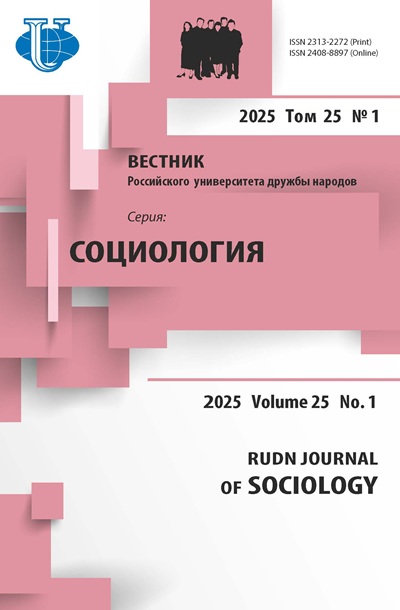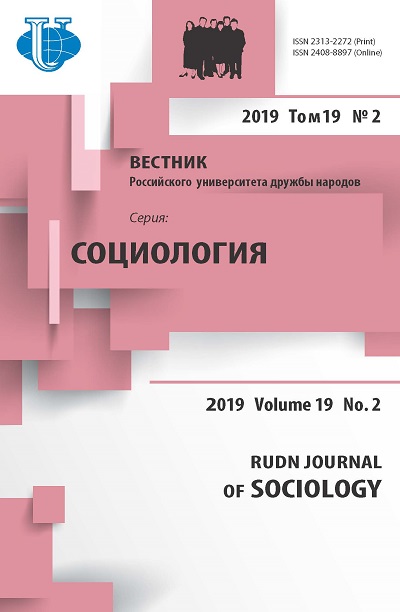Abstract
The results of the research presented in the article are part of the findings of the study conducted in 2014 within the project Social and Cultural Potential of the Romani Ethnic Community in Serbia. The survey was based on the stratified sample of 1,212 respondents and conducted by a team of researchers representing four universities of Serbia. One of the aims of the research was to identify the prevailing language practices of the Romani community in Serbia. The paper presents the results of the study of the attitudes of the Romani to the use of language and their language practices focusing on such issues as the assessment of the importance of the Romani language in expressing their identity, the use of the Romani language in everyday communication in various social contexts, and the estimates of the significance of this symbolic capital in education as expressed in the parents ideas and attempts to ensure that their children are educated in their mother tongue. The results of the survey proved that the Romani community’s attitudes to language and language practice are an expression of the general social position of this group, i.e. a minority ethnic group in the Serbian society. Therefore, its language practices are determined by the need to preserve the Romani community’s identity and by uneven distribution of social power between majority and minority communities. Thus, social power (or powerlessness) ensures legitimacy for the use of a specific language in certain social situations. Considering the Romani ethnic community, the use of the mother tongue is reduced to the domain of private communication with some of the Romani people renouncing the use of their native language and hiding their ethical identity. The study proves that linguistic mimicry serves as a way to avoid social stigmatization.














